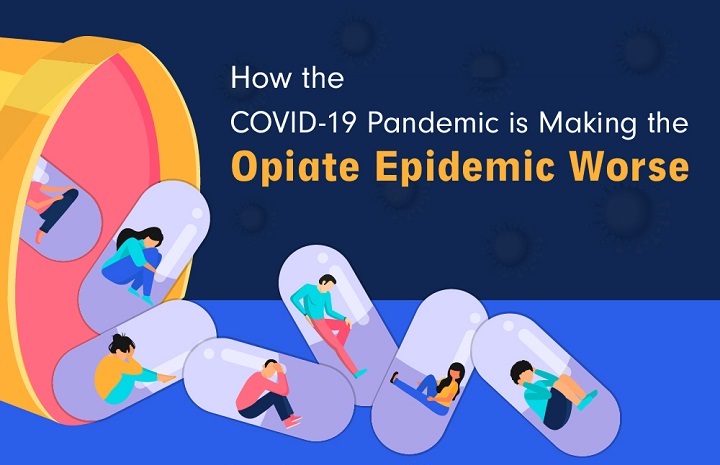

In the countrywide COVID-19 epidemic, it is easy to forget that the most vulnerable among us include those with opioid addictions who use the medications methadone (Diskets, Methadose) and buprenorphine (Suboxone, Subutex, Sublocade, Zubsolv, Bunavail).
These people, who are reliant on constant and steady dosing of their medicines to stave off the horrors of opioid addiction, cannot be separated from their medications. That’s why COVID-19 presents such a problem: places that dose methadone or prescribe buprenorphine are very busy with large amounts of people in an often small space.
This massive change in lifestyle, in how we live in a COVID-19 infected world, impacts us in a different way from other people because we have to put ourselves at risk for the coronavirus just to get the medicine we need to survive. Studies have found that people with opioid use disorder and methamphetamine use disorder are at a higher risk for contracting COVID-19 than the average non-user. This shows that going to a crowded clinic is a risk for those of us with those disorders.
Before the coronavirus crisis started, states had the limited power of deciding how many take-home doses patients could have. The reason the power was limited was because, on the federal level, a patient can only have a maximum of 30 take-home doses after two years. These restrictions, which served as an insult to the community, were said to prevent overdoses and mostly “diversion,” meaning the sharing or selling of methadone to other people. That being said, diversion of methadone serves as an aid to the community, though the government doesn’t see it that way.
In a COVID-19 impacted world, the rules for methadone changed. The Substance Abuse and Mental Health Services Administration changed the rules so that states that have declared states of emergency due to COVID-19 can now permit their methadone treatment centers to distribute 28 doses to patients who are stabilized, regardless of how long they’ve been in treatment, and 14 doses to patients who are not yet stabilized.
This serves to make access to important recovery resources much easier than it had been in the past. Patients seeking help can finally overcome the barrier that was daily visits to the methadone clinic. This may strip the clinic of structure, but that’s a sacrifice that’s ultimately worth making.
As part of Workers World newspaper’s coverage marking the 50th anniversary of the liberation of…
From the PFLP Central Media Office The following statement from the Popular Front for the…
Newark, New Jersey Over 250 people, representing over 250 New Jersey endorsing community groups, attended…
Special to Workers World The following is a press release issued on April 24, 2025,…
dear Larry Krasner, we heard you sued Elon Musk over his corrupt million election giveaways…
Unions join forces against harassment and deportation of members When 200 immigrant workers – from…